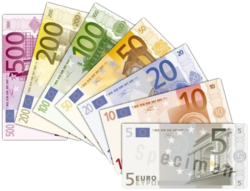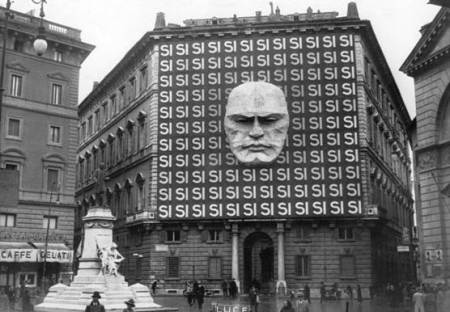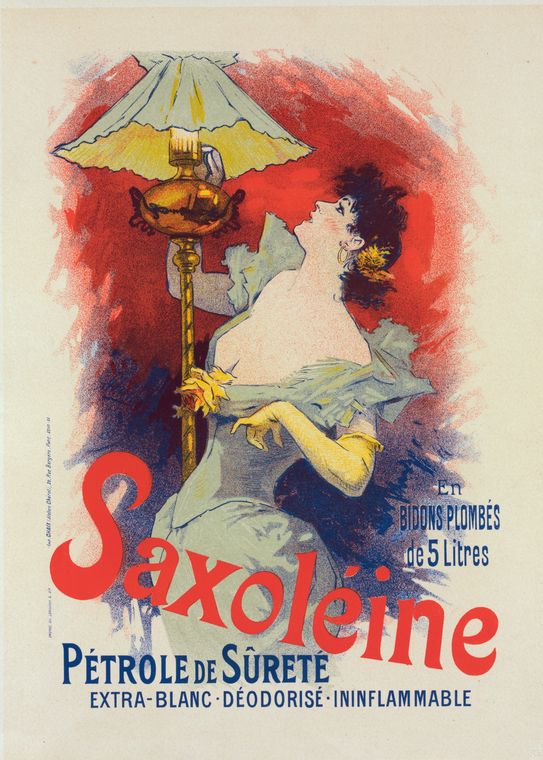Female Archetypes
The first accredited female archetype was created by Jules Cheret at the end of the 19th century, she was a free-spirited Parisian girl with a hourglass figure. She was used as advertisements for nightclubs, theatrical productions, horse races, cabaret shows, even alcohol, and cosmetics.
Females are portrayed with expressive hand gestures and a relaxed upper body. They were seen as girls with a kind of self-confidence that would eventually be associated with the liberation of women.
By the end of the 1930s Coca-Cola perfected the genre with seductive housewives.
Not until 1941 the term 'pinup' was coined to describe the way young males liked to hangup and display the glamorous images of the girls. "Rosie the Riveter," was a popular pinup of this time although it was not a classic beauty.

Eventually photography replaced the illustrations and portraits of Marilyn Monroe, Sophia Loren, and Brigitte Bardot where making headlines in the 1950s.















 Eventually photography replaced the illustrations and portraits of Marilyn Monroe, Sophia Loren, and Brigitte Bardot where making headlines in the 1950s.
Eventually photography replaced the illustrations and portraits of Marilyn Monroe, Sophia Loren, and Brigitte Bardot where making headlines in the 1950s.
